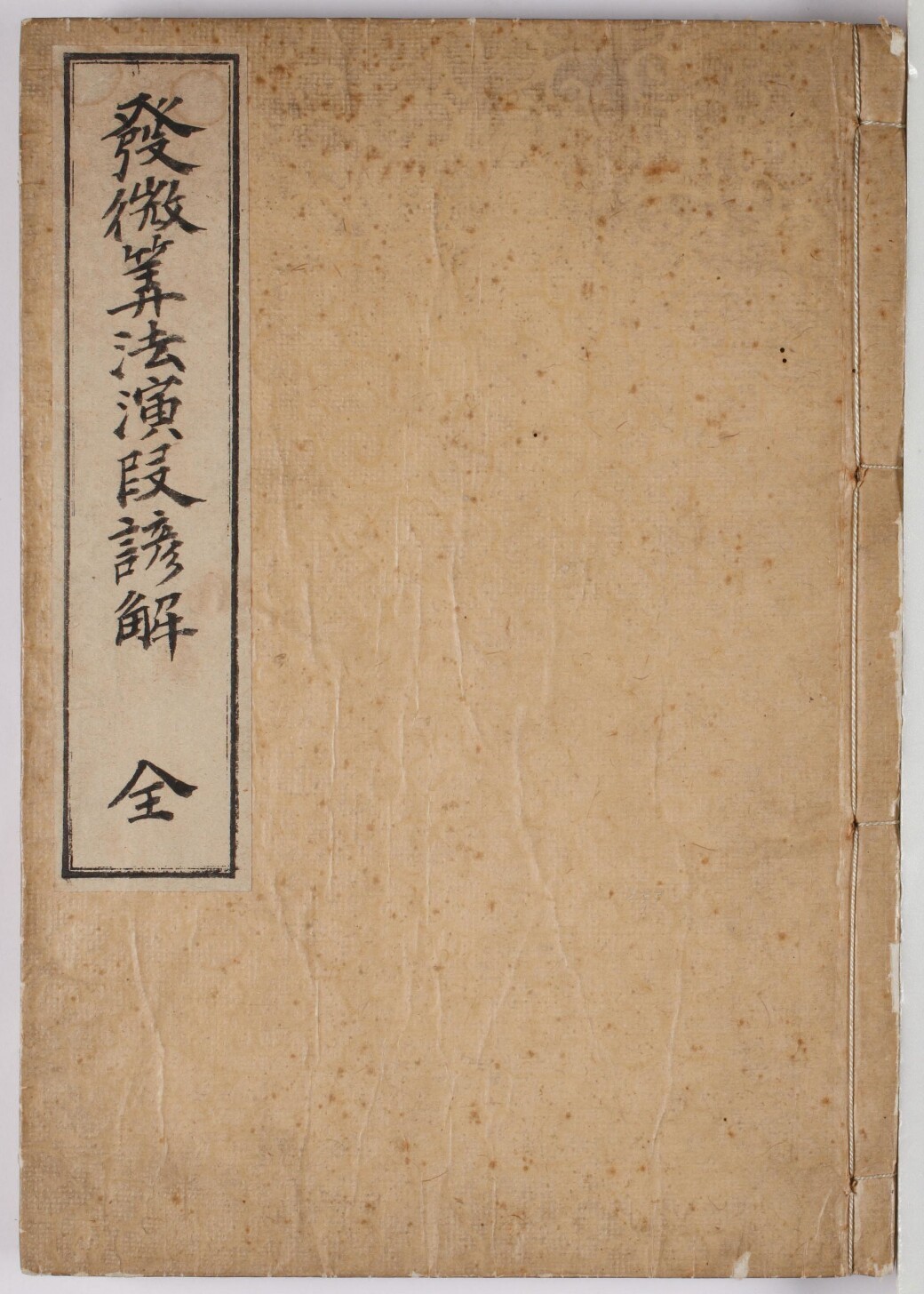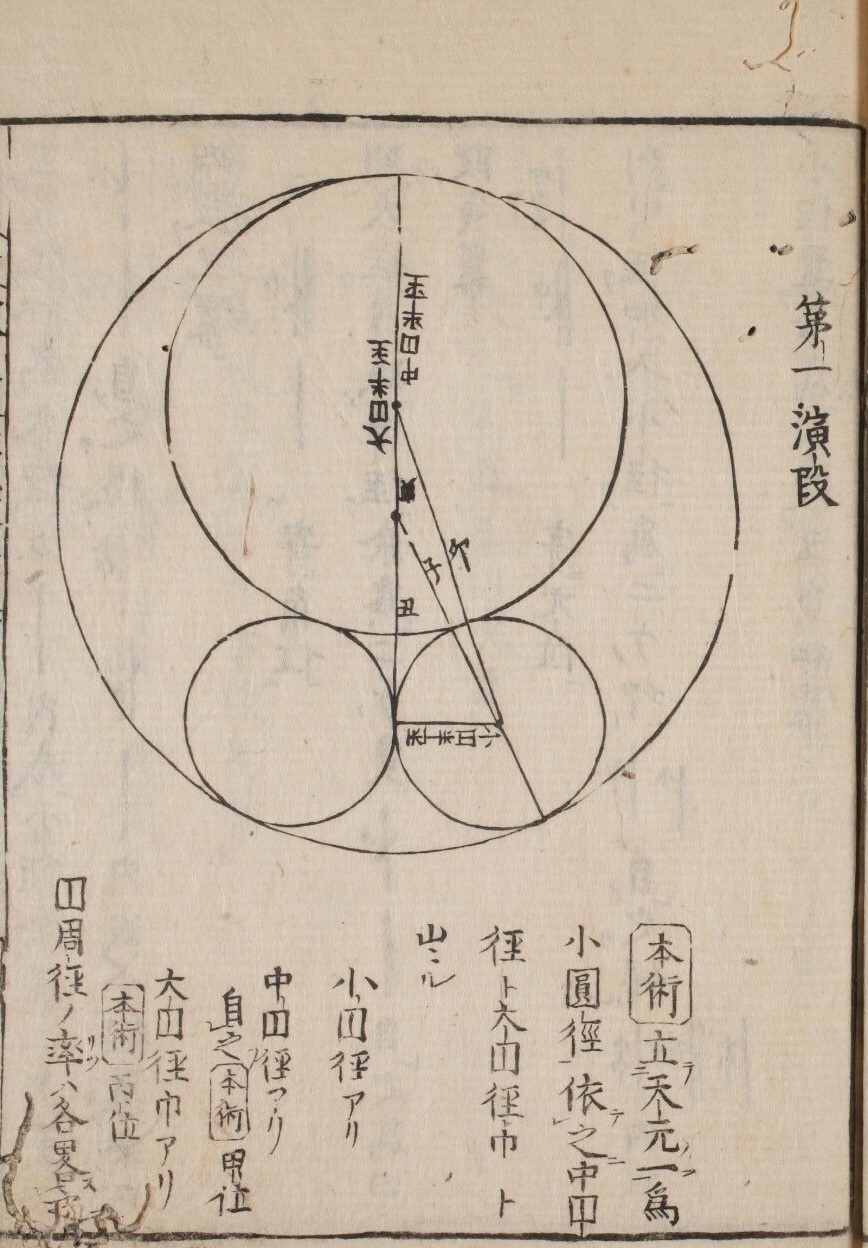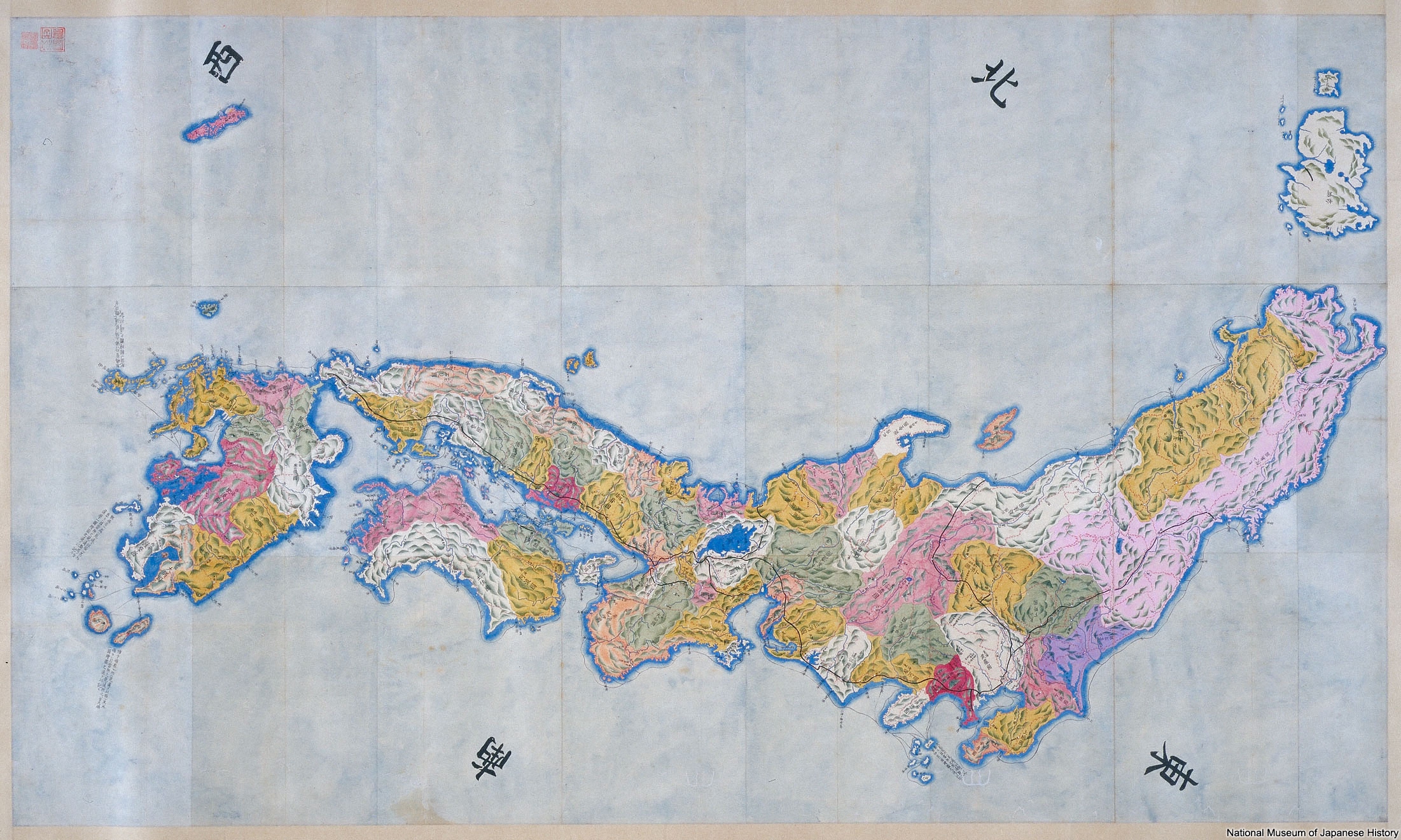The MSJ Takebe Katahiro Prize
The MSJ Takebe Katahiro Prizes
The MSJ Takebe Katahiro Prize (Takebe Prize) is an annual award by the Mathematical Society of Japan recognizing and encouraging outstanding research by young MSJ members since 1996, the 50th anniversary of the founding of MSJ.
The prize is named in memory of a Wasan mathematician Katahiro Takebe (1664-1739), who studied under Takakazu Seki (?-1708). Wasan, the native Japanese mathematics, was uniquely developed during the Edo period (1603-1868) and Takebe is best known for developing the Enri, the circle theory. He calculated Pi up to 41 digits by applying his unique technique called Ruihen Zoyaku-jutsu, later rediscovered as Richardson extrapolation in 20th century, to Archimedes’ polygonal approximations and also noticed that Pi is represented as an infinite series.


Hatsubi Sanpo Endan Genkai by Katahiro Takebe,
Mathematical Library, Faculty of science, Kyoto University
On the other hand, he also contributed to surveying and calendar reform by applying his immense knowledge of Wasan. Nihon Sozu, the geological map of Japan, is one of his works.

Nihon Sozu by Katahiro Takebe,
National Museum of Japanese History
Takebe Prize is split into two categories: the Special Prize and the Encouragement Prize. The Special Prize is awarded to MSJ members under 35 years of age who have achieved outstanding results and the Encouragement Prize is awarded to MSJ members under 30 years of age who have engaged in research with great potential. They may, however, be awarded without the age limit to MSJ members who have continued their research in extra challenging circumstances and contributed to revitalizing MSJ. Typically, the Special Prize is shared among three individuals and the Encouragement Prize is shared among five individuals. They are presented at MSJ Autumn Meeting.
List of Takebe Prize winners
List of Takebe Prize winners (in Japanese)
